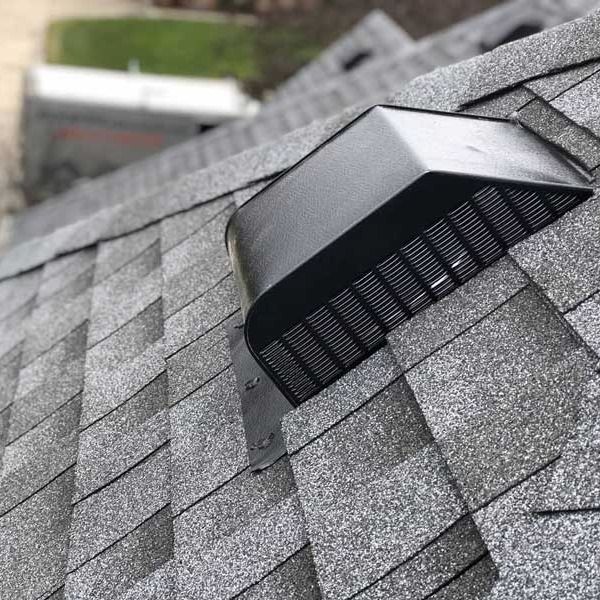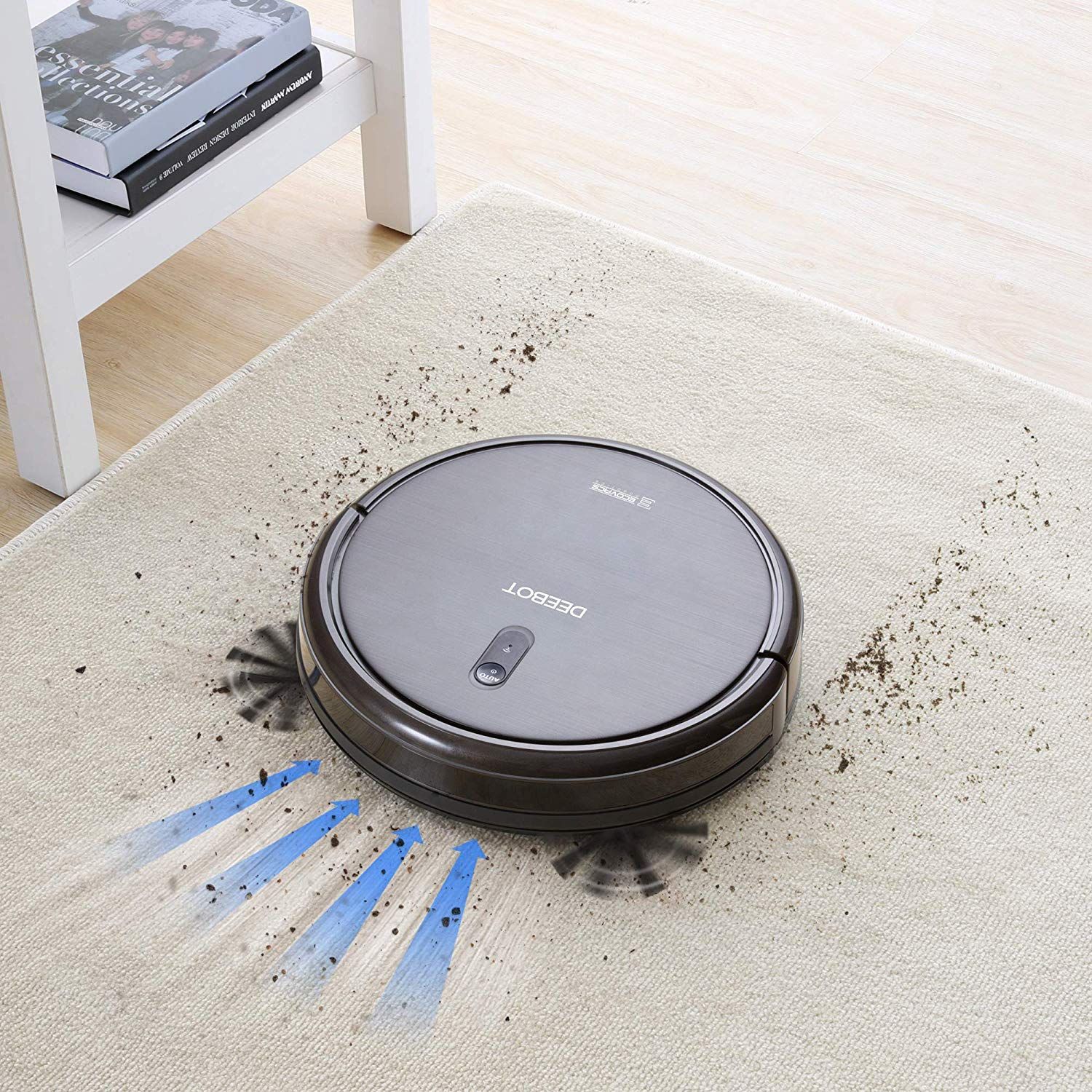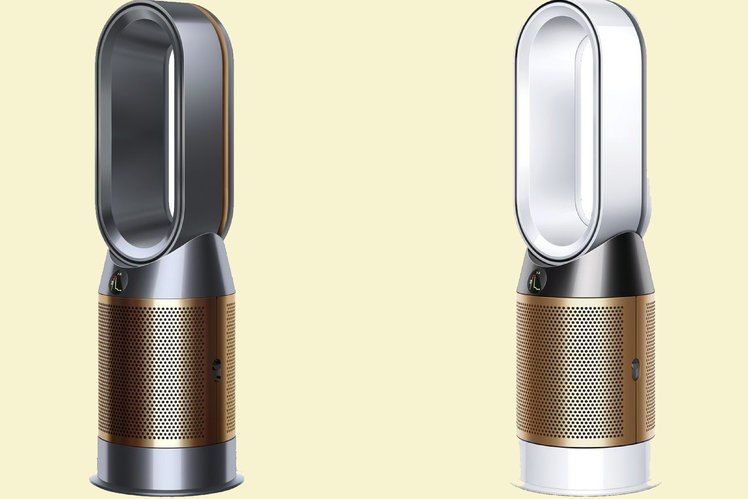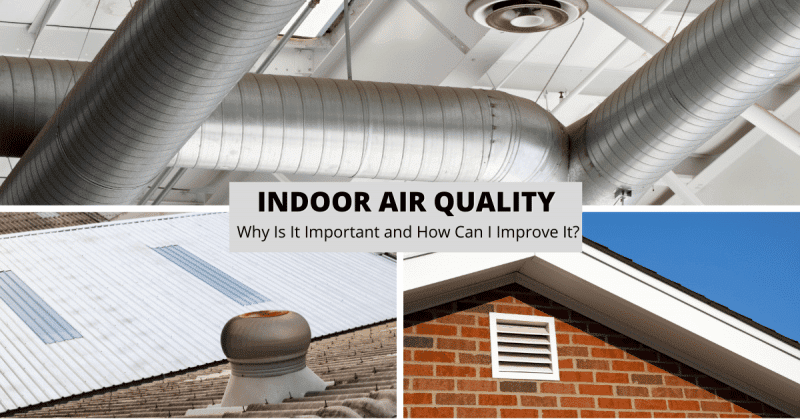We spend most of our time at home indoors. Sure, we do go outside on our patio or deck to relax or do some gardening in the backyard but that is only for a few hours at most and maybe just on the weekends.

When we get home from work, school, or an errand it is common for us to prepare our meals in the kitchen, eat meals in the dining room and relax in our bedroom or living room. The simple act of cooking our meals at home contribute to adding pollutants to our air.
Thank you for reading this post, don't forget to the best blogger Guy About Home who offers the best garden and home improvement tips! If you are a home decor and design fan, don't miss the tips on home ideas. If you are a home garden owner, then you might be interest in our complete guides to house plants!
Walking around our home dragging our dirty shoes through the carpet, we inadvertently contaminate our home with outdoor pollutants.
Why is it essential to improve indoor air quality
Gaseous pollutants from cooking, chemical cleaning products, adhesives, paints, building materials, varnishes all contribute to the overall quality of the air we breathe inside our home.
Add to that particulate pollutants like mould, bacteria, viruses, pet dander plus dust mites, and you can see how our indoor air is usually two to five times worse than outdoor air.
These are the main reasons why we need to take proper precautions to improve the air we breathe inside our homes and workplaces. When at work or home, we spend too many hours indoors breathing stale, uncirculated, polluted air.
Breathing in a particular pollutant will sometimes cause an immediate reaction like headaches, dizziness, eyes or throat irritation and fatigue. Long-term effects which are caused by repeated or prolonged exposure include heart or respiratory disease and even cancer.
How to Improve indoor air quality
Unfortunately, not a lot of people are aware how the quality of our air indoors can be so detrimental to our health. Indoor air pollution is one of the top five health risks. Fortunately, there are several natural methods to improving the air quality in your home.
-
Proper Ventilation

Image Source: Pinterest
Natural Ventilation
This can be as easy as opening your windows when the weather permits. The goal would be to increase the flow of fresh outdoor air into your home. Granted that the outside air is clean enough or at least do not contain more pollutants than your indoor air.
In case you have a screen door layered on top of your front or back door, try using these more often when the weather allows of course. Coupled with open windows, this tandem will significantly increase the circulation of air in your home.
Nothing else can beat this method in bringing new air into your home. The fresh air coming into your home will push the old stale air out the window or one of the open doors.
If done regularly, the amount of fresh air coming into your home will be substantial enough to keep you and your family healthy. When it gets too warm or too cold; merely close the windows and doors for that excellent airtight seal around your home and turn up the heater or air conditioner.
Mechanical Ventilation
Usually associated with outdoor air intake vents built into HVAC(Heating Ventilation and Air Conditioning) systems. Although only some HVAC systems have this available, this initiative is picking up speed so look into upgrading your HVAC system today.
Using the range hood is also a great way to ventilate your air. If you do not own a range hood and do a lot of cooking at home, then it would be best to get one installed right away. More particularly if you do not have a kitchen with windows that you can open to let gaseous pollutants out.
The pollutants generated during the cooking process is comparable to smog. Makes sense when you see smoke rising from the frying pan which gets dispersed into the air in your home. This air ends up in your lungs and can be avoided by merely turning on the range hood.
Turning on the exhaust fans is another way to eliminate pollutants from a particular room. Most bathrooms do have an exhaust fan installed, make sure to turn this on during a bath or shower and leave it on for about twenty minutes after.
This routine will remove any leftover moisture as well as get rid of any buildup of mould or pollutants in the air. Some laundry rooms and garages also have exhaust fans built into the wall. Turn these on to increase air circulation.
HVAC Air Filters
Regarding HVAC systems, it is essential that you replace the disposable air filters at least once every three months. These air filters are responsible for gathering dust and allergens in the air which get trapped in its mesh.
Forgetting to change the air filter is the same as deciding to breathe in all the dust that the clogged air filter is no longer capturing. Mark the date when you changed the screen on the side of the air filter itself, use a permanent marker to see and verify the last change date easily.
When buying air filters at your local hardware store, make sure to purchase several air filters at a time, best to have a stock of them for when you need to change the filter.
-
Source Control

Image Source: Pinterest
Take all your aerosol cans, and store them inside a tote box or large plastic container. Yes, this means all your household cleaning products, car cleaning products, painting products and keep them in an airtight container.
You need to do this because even though they are not being used, they will off gas or leak into the air and pollute your indoor air. These chemicals contain VOCs otherwise known as Volatile Organic Compounds which are not good for anyone to breathe in.
Vacuum your carpet thoroughly; keeping your rug or carpet clean goes a long way in ensuring the air you breathe is clean. Use vacuums that utilise HEPA (High-Efficiency Particulate Air) filters or better yet install a central vacuum system in your home.
-
Air Cleaners

Image Source: Pinterest
When decorating your living room, incorporate some useful air cleaning plants into the design. Using indoor plants to absorb excess carbon dioxide in your home and produce oxygen for you is one of the most beautiful ways to improve indoor air quality.
Bamboo palm, Chinese evergreen, Ficus alii, Mass cane are some of the plants that produce oxygen even at night.
Install a whole house air purification system that works in conjunction with your HVAC system. This is another remarkable way to ensure your indoor air is clean.
Electronic air cleaners use a method called electrostatic attraction to trap particulate pollutants. These type of air cleaners draw air from the HVAC vents and pass them through an ionization section.
Particulate pollutants obtain an electrical charge which are then trapped in a plate called a collector. The clean air is then recirculated throughout the home via the HVAC vents.
Conclusion:
Indoor air pollution is one of the top five risks to our health. Let us treat it as such. Don’t get stuck breathing old polluted air in your home. Make sure to open your windows or doors. Let fresh air in, try your best to get good air circulation going. Make it a routine.
Turn on your exhaust fans. Use the range hood when you cook or again just open a window. Decorate your home with air cleaning plants and feel the difference in the air you breathe.
Vacuum your rug or carpet regularly using a vacuum cleaner that utilises a HEPA filter. If you have the resources; install an electronic air cleaner to get rid of particulate pollutants. Taking these precautions will help ensure good health to you and your loved ones.




